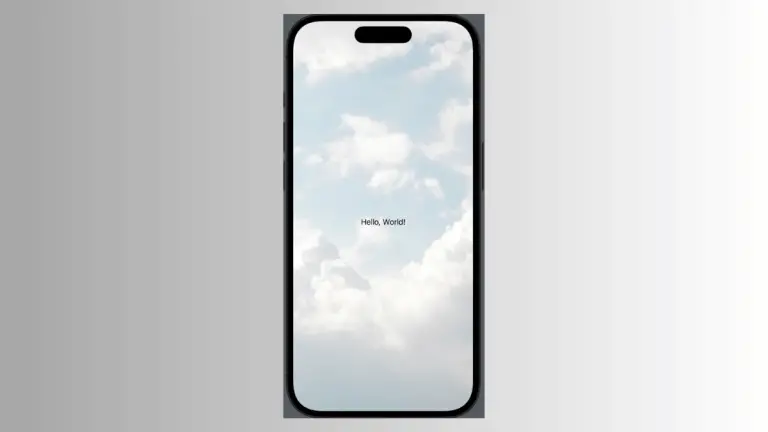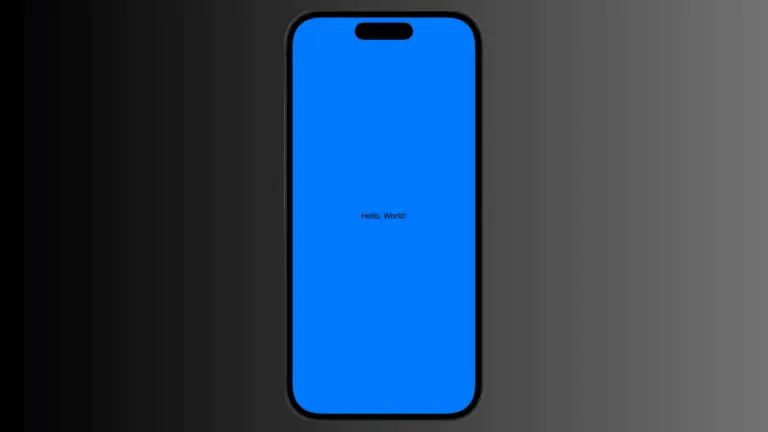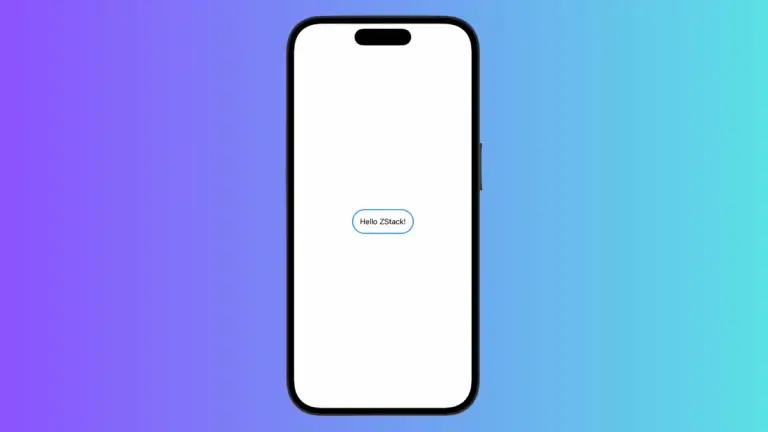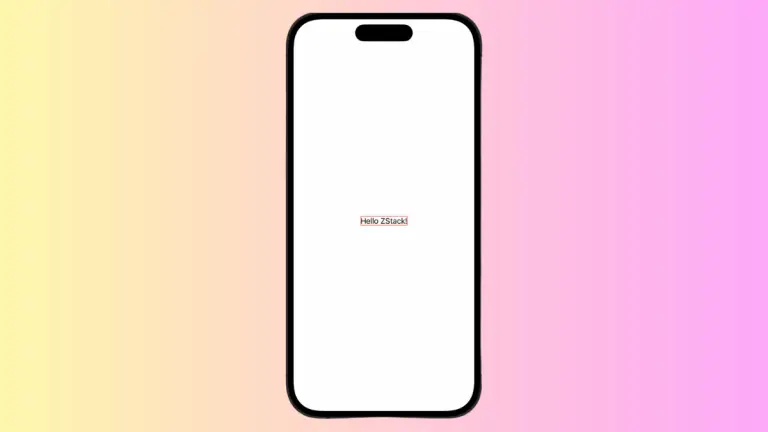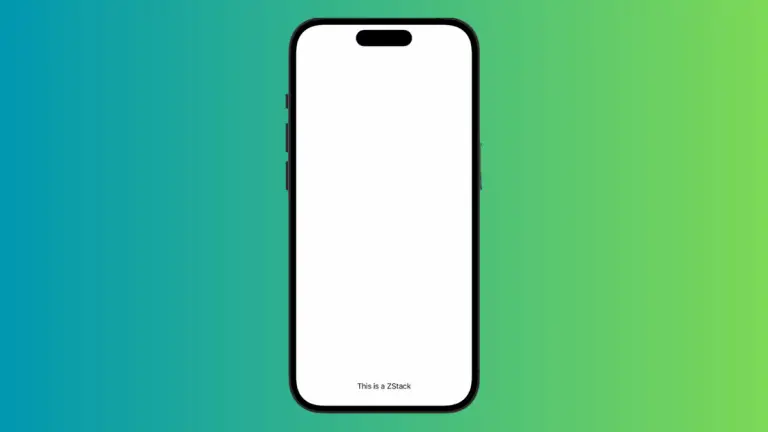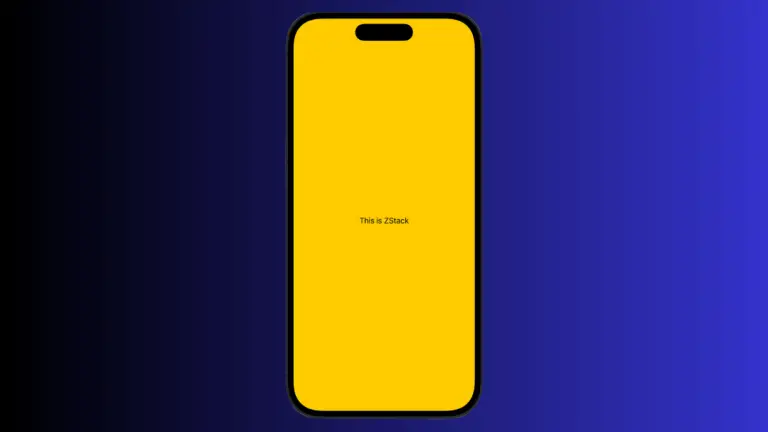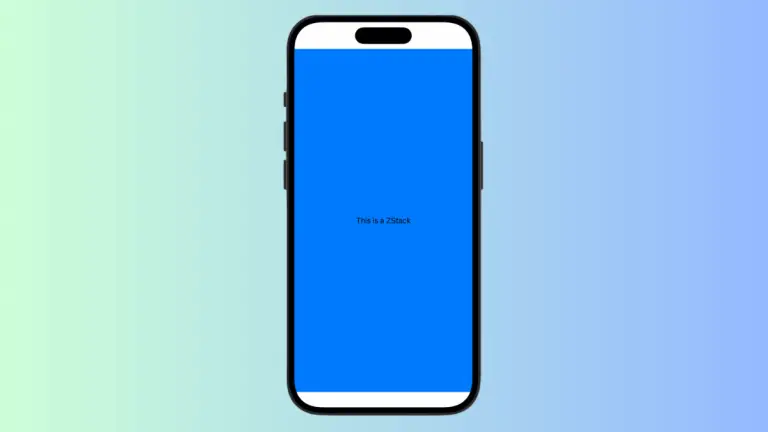How to Use ZStack to Set Background Image in iOS SwiftUI
In the realm of SwiftUI, ZStack plays a pivotal role. It allows you to overlay multiple views, creating a layering effect that can be a game-changer in your UI design. In this blog post, we’ll dive deep into using ZStack to set a background image. ZStack Overview ZStack, a powerful layout in SwiftUI, stacks its…
